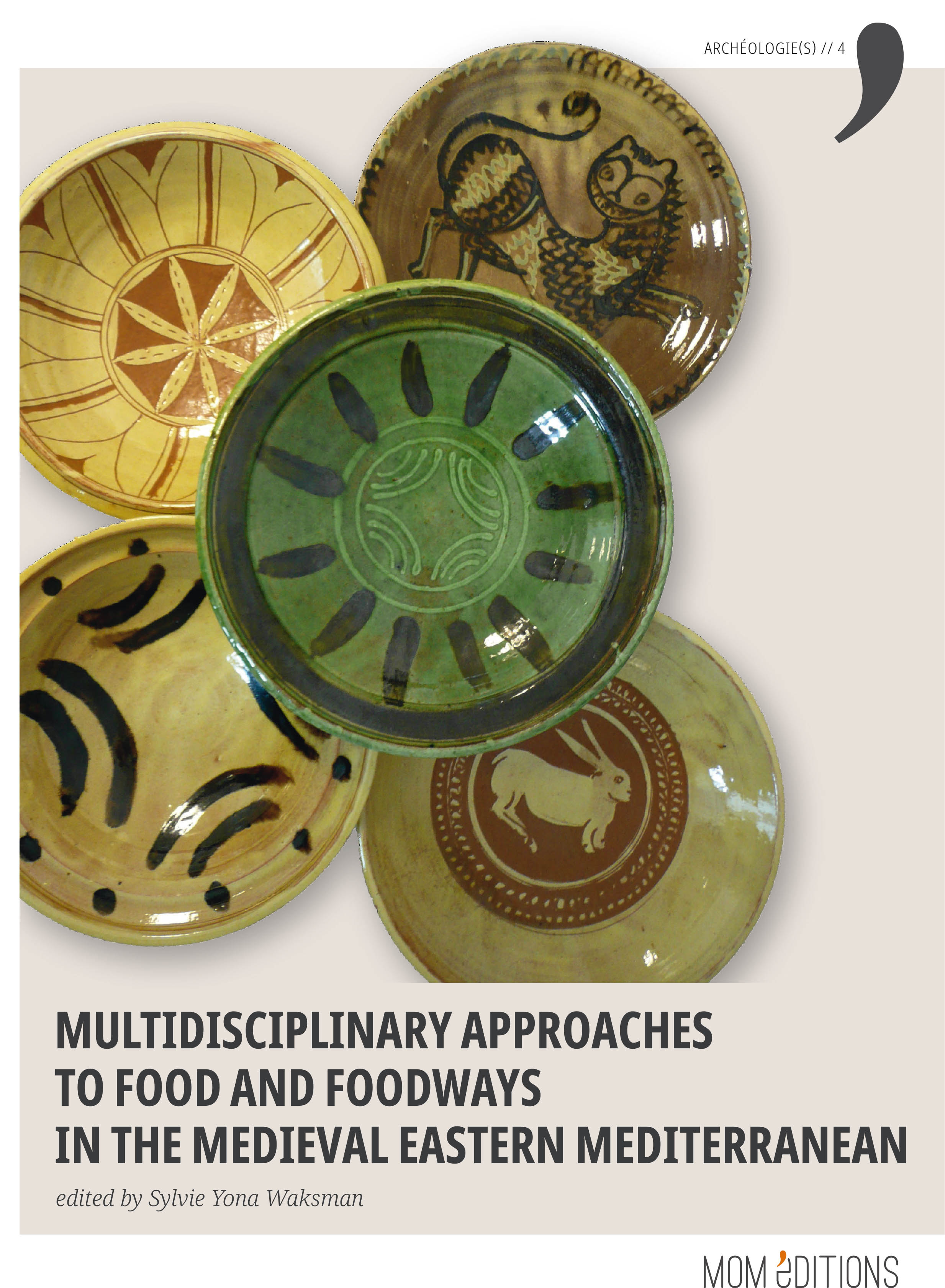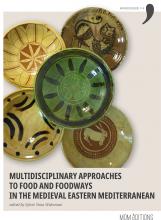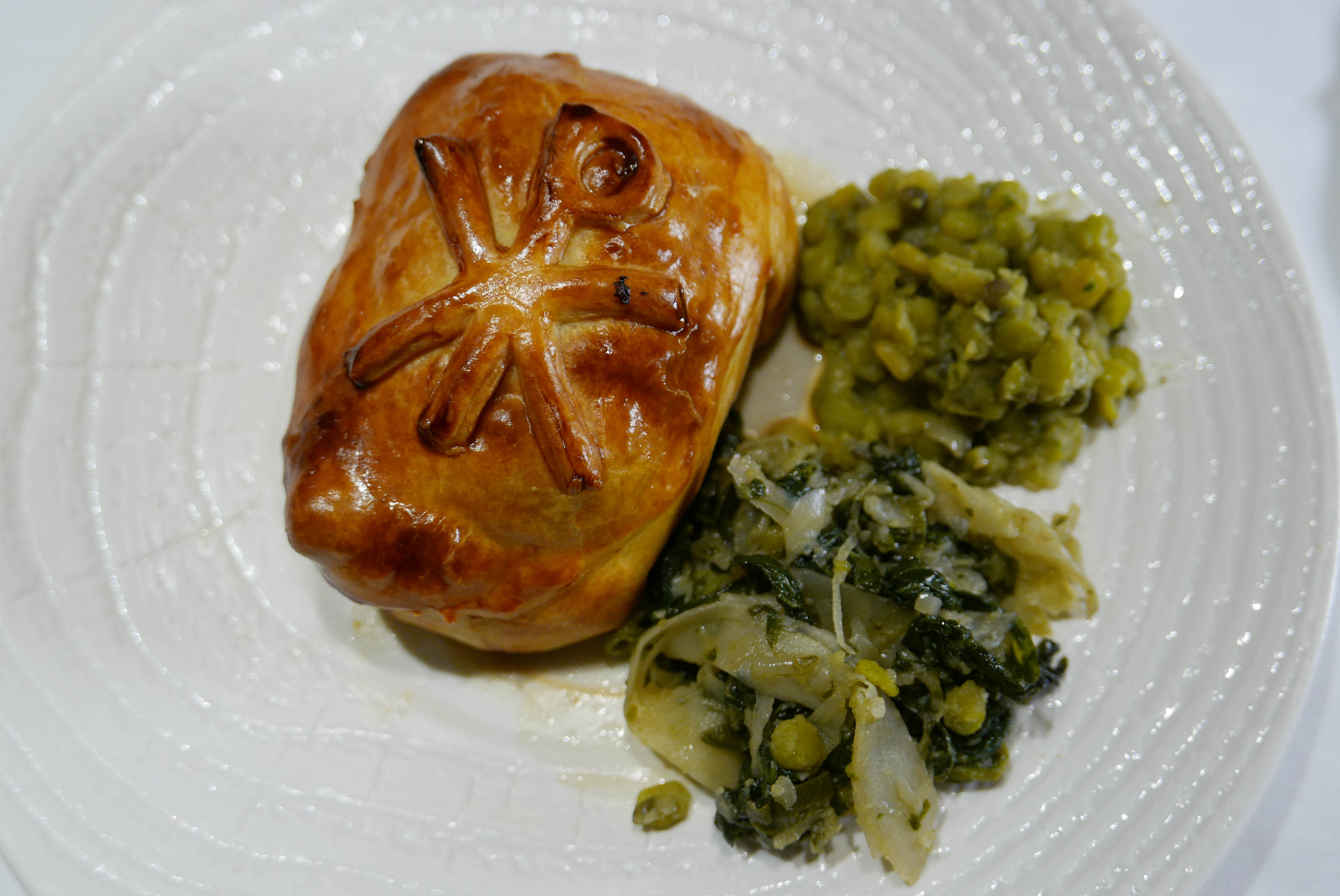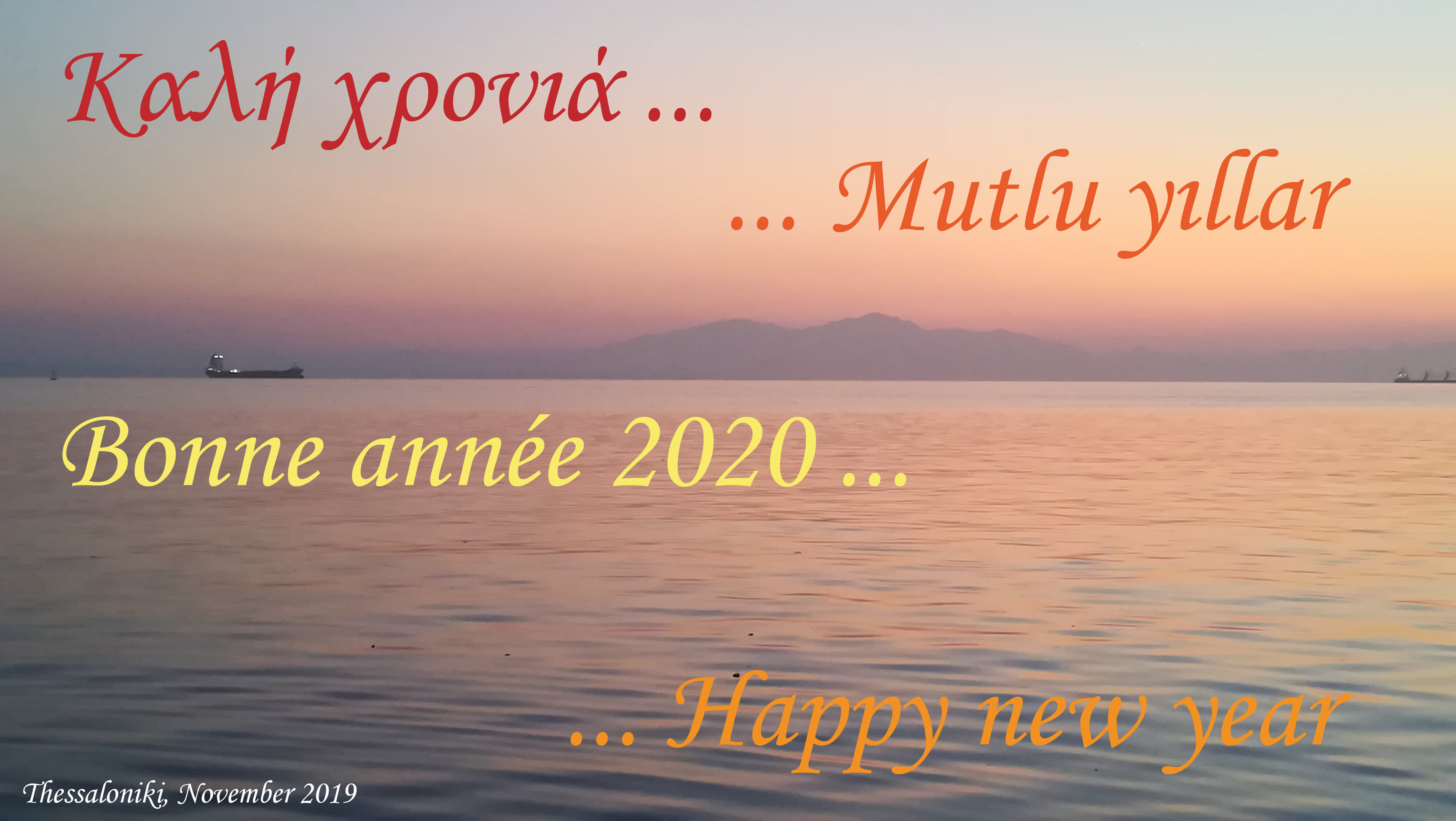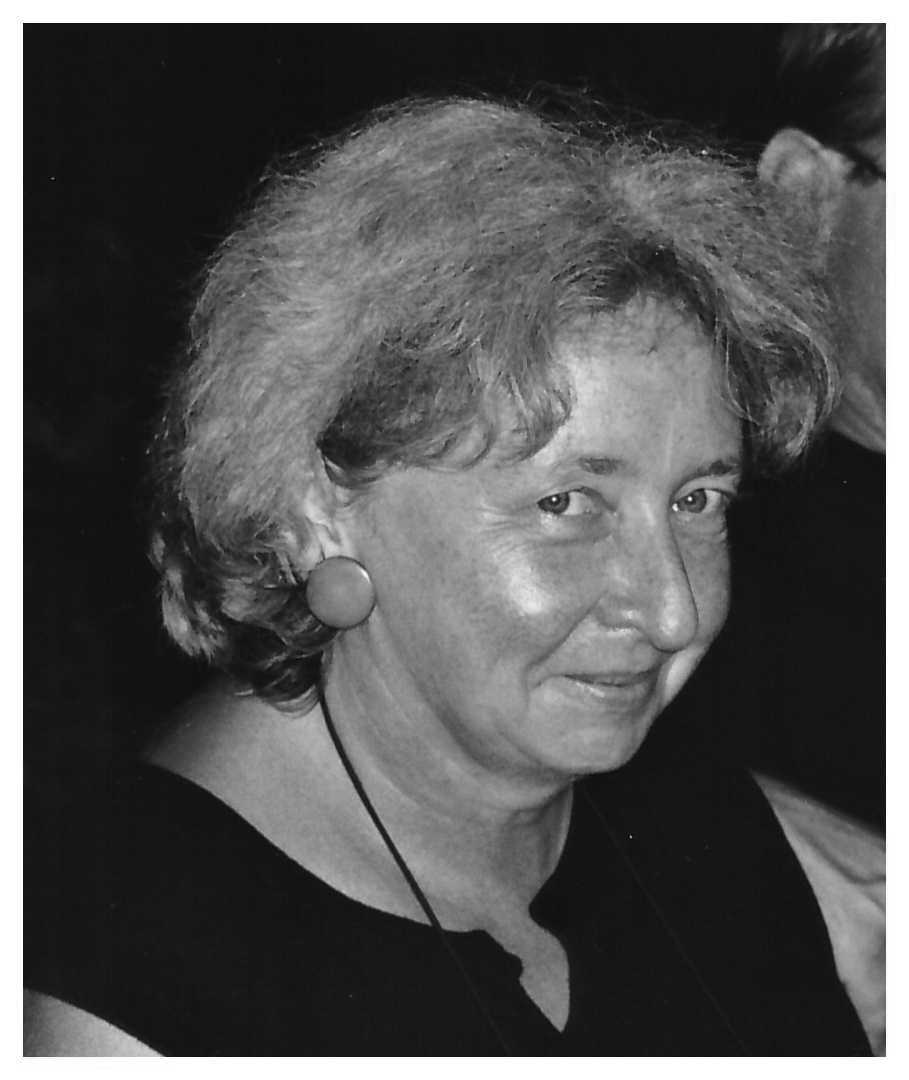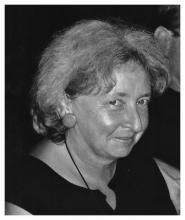Olives and olive oil in the Eastern Mediterranean, from antiquity to pre-industrial times
Τhe book focuses on the study and presentation of olive cultivation and on issues concerning the production, distribution and marketing of olive oil in the Eastern Mediterranean. This geographical area, apart from its roughly similar climatic and environmental features, was defined by the dominant political systems which imposed certain production and marketing practices on the olive and its products.



